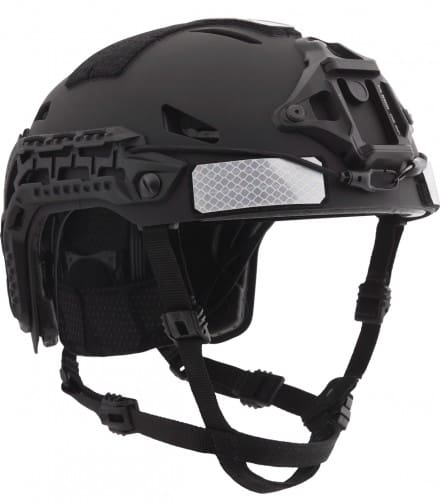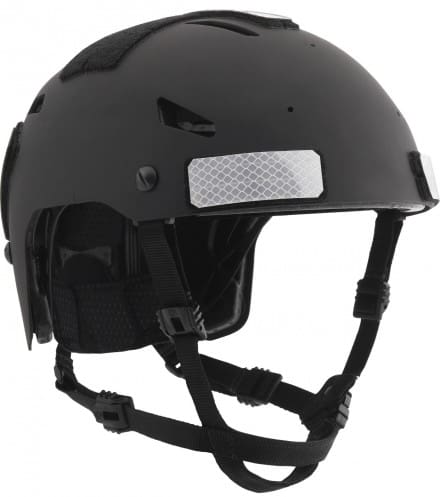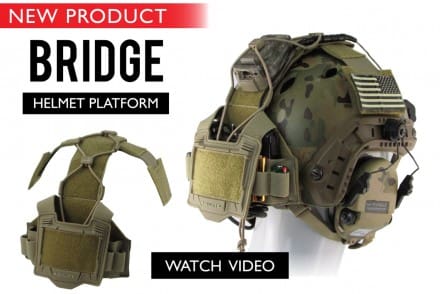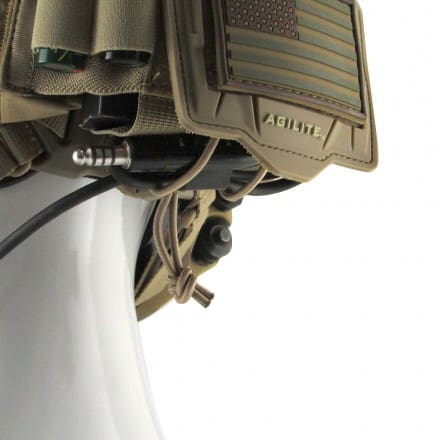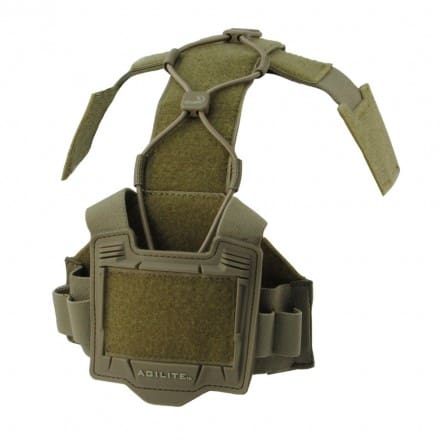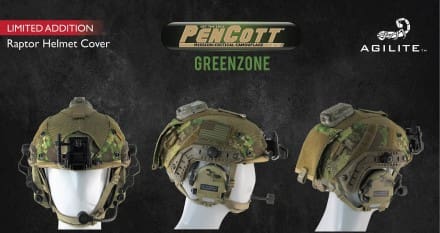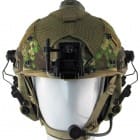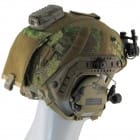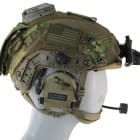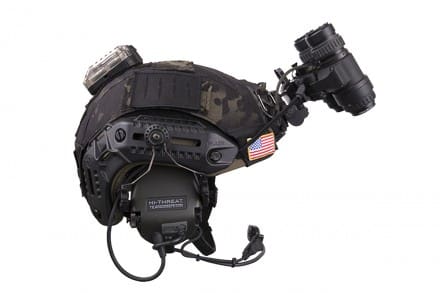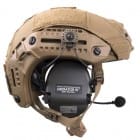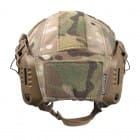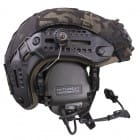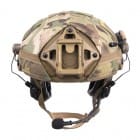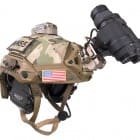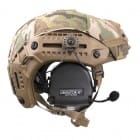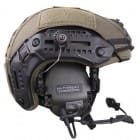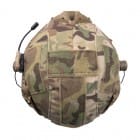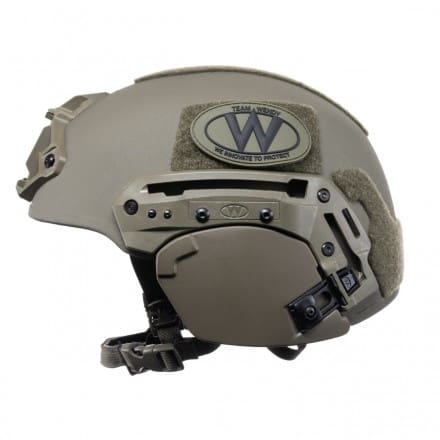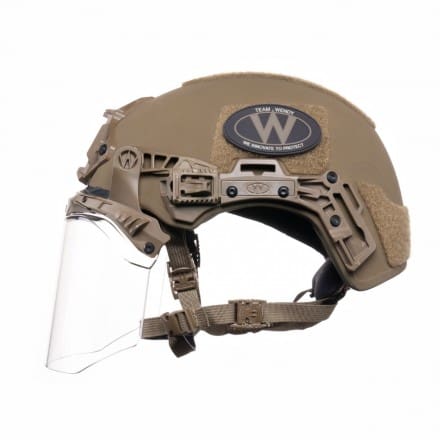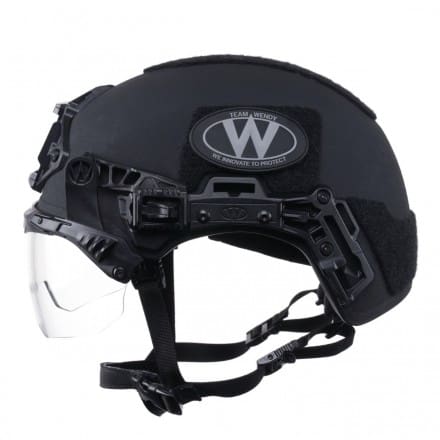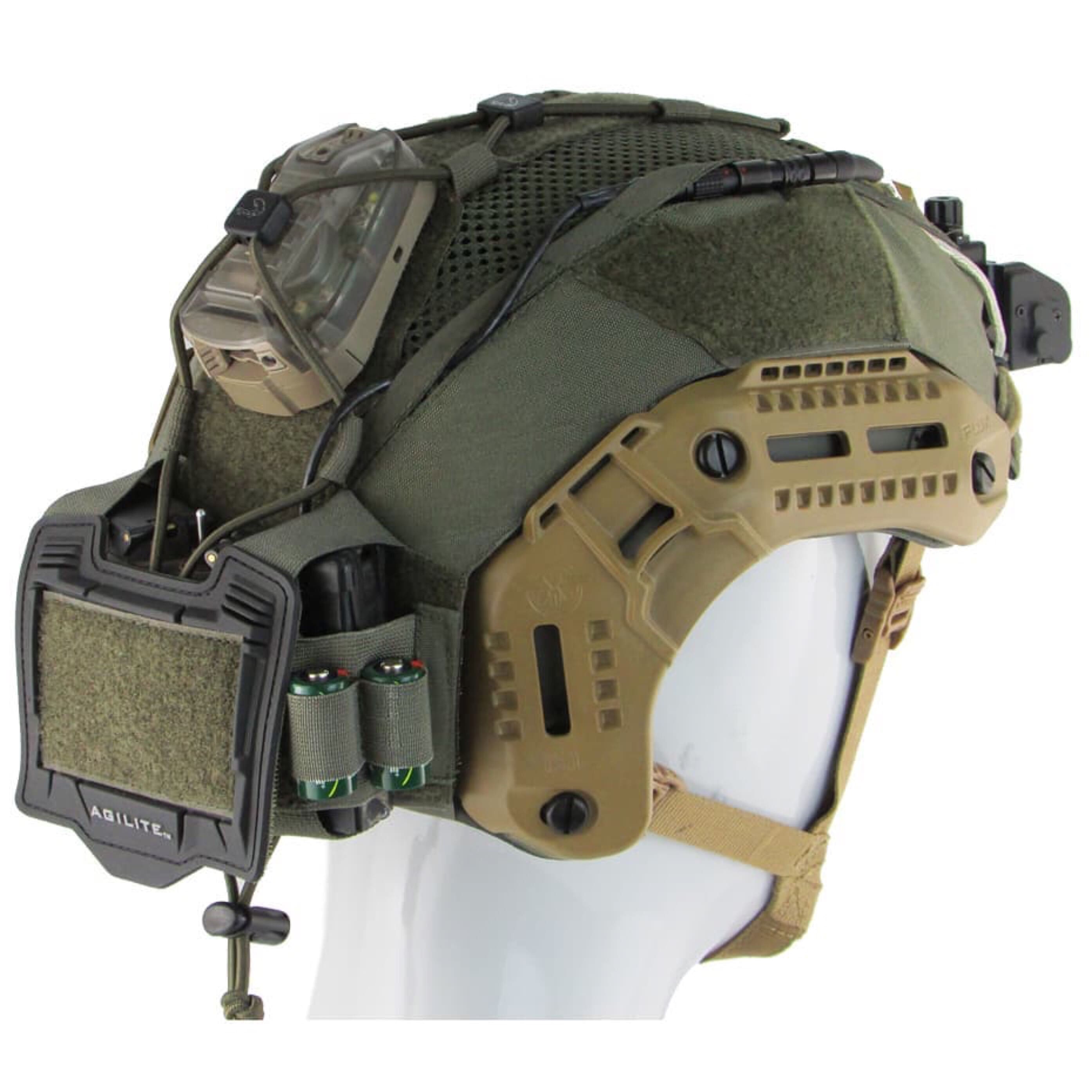Configurable helmet designed for broad use from combat operations to law enforcement
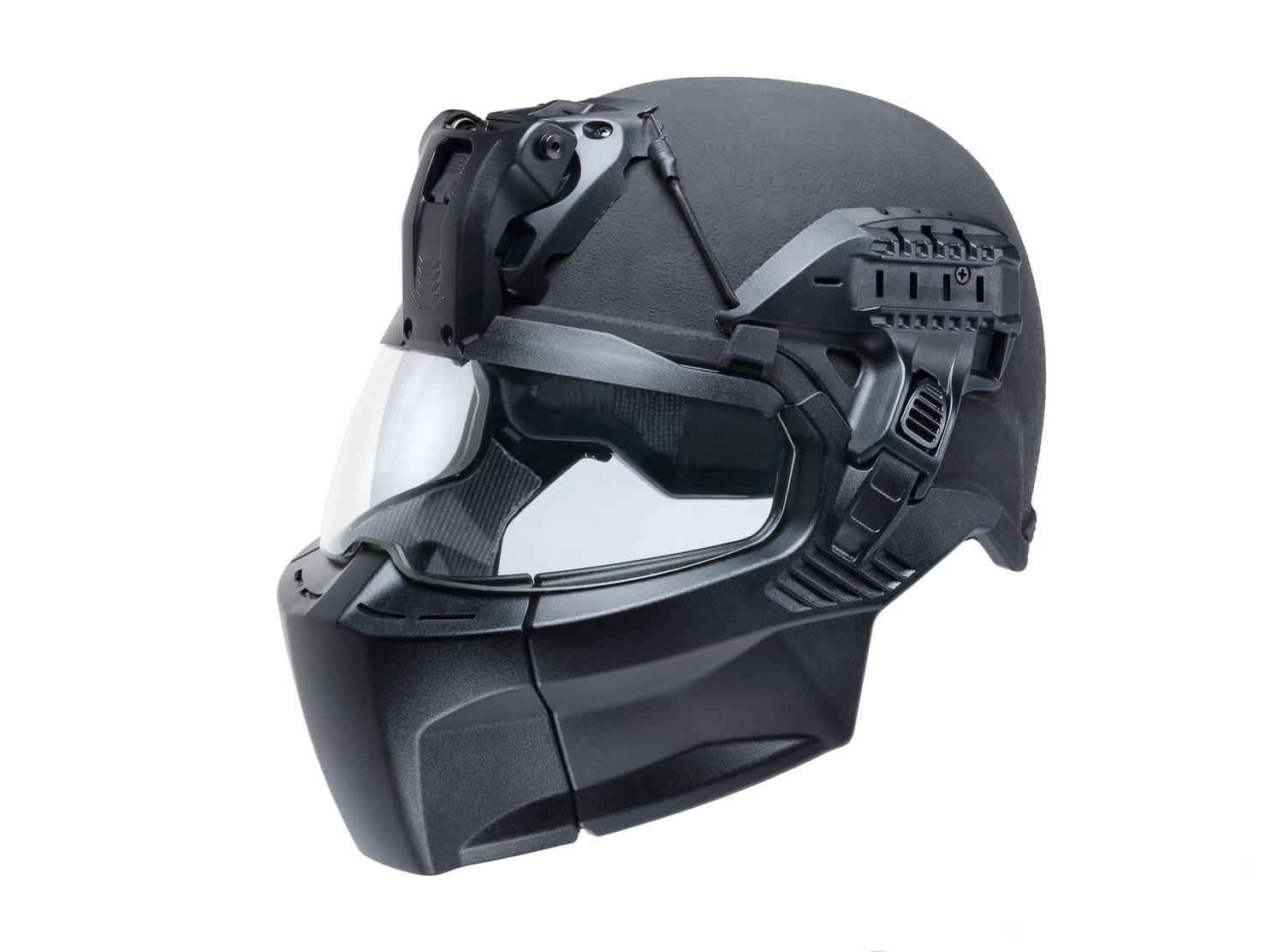
ST. PAUL, Minn. – Oct. 8, 2018 – Military and police forces across the world require cutting-edge protection to match an ever-evolving range of operational environments. Ceradyne, Inc., a 3M company, designed the new
3M Ballistic Helmet F70 for maximum flexibility of use in military combat missions, special forces operations and law enforcement tactical operations. The helmet leverages 3M expertise to deliver its high level of protection for its low weight.
The 3M Ballistic Helmet F70 provides a unique combination of ballistic performance, low weight, modular system design and optimized geometry. The helmet comes in both high cut and mid cut (full coverage) versions and offers an optional ballistic mandible and ballistic visor. The helmet geometry is engineered for improved coverage of critical areas and increased stability and comfort.
Unlike conventional helmet designs, the no thru-hole design eliminates weak spots in the ballistic shell by removing thru-holes for the night vision device shroud, retention system and rails. With this state-of-the-art design, bolts can no longer become secondary projectiles during a ballistic event.
“Every detail matters when it comes to protecting those who serve their countries and communities, and that’s why we continually develop advanced solutions like the 3M Ballistic Helmet F70,” said Terry Griffith, defense business manager, 3M Advanced Materials Division. “We ensure our designs use the highest standards for compliance-driven manufacturing that have earned 3M a reputation our customers can trust. Everything we do is driven by a deep passion to help military and law enforcement stay safe as they work to achieve their vital objectives.”
The 3M Ballistic Helmet F70 meets or exceeds all commonly specified Advanced Combat Helmet (ACH) requirements for ballistic fragmentation and bump protection and meets NIJ IIIA ballistic penetration protection standards. It provides V50 fragmentation protection against 17 grain (.22 caliber) FSP at greater than 2,750 feet per second (greater than 840 meters per second) when tested in accordance with NATO STANAG 2920. The ballistic shell weight is 1.68 pounds (770 grams) in the high cut version and 1.91 pounds (870 grams) in the mid cut version.
The Air Force Test Parachute Program (TPP) also conducted an evaluation of the 3M Ballistic Helmet F70 and determined it to be suitable for Air Force static line and military free fall operations.
Each F70 helmet comes with reverse dovetail rails that accept common industry accessories. Optional accessories designed for the helmet include ballistic mandibles, visors, helmet covers, over ear ballistic protection (high cut) and counterweights. In addition, the helmet works seamlessly with 3M PELTOR communications and hearing protection solutions.
3M will debut the helmet at booth 7741 at the AUSA 2018 Annual Meeting and Exposition, Oct. 8-10, at the Walter E. Washington Convention Center in Washington, D.C. The helmet will be available for sale in December 2018.
For more information about soldier protection solutions provided by 3M, visit www.3M.com/Defense.



